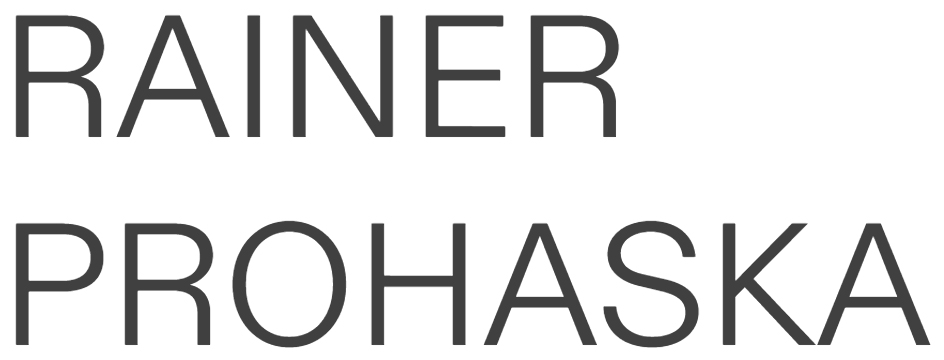
The City of Needs and Circumstances
Installation, Performance
Künstlerhaus Wien, Karlsplatz,
Vienna, AUT, 2013
In collaboration with Künstlerhaus Wien
Funded by
Office of the Provincial Government of Lower Austria, Art & Cultural Affairs
Sponsored by
PERI GmbH Österreich
Supported by
SHT Schroll Hoch- und Tiefbau
GmbH
karlsplatz.org
Lash & Lift GmbH
Commissioned work
The City of Needs and Circumstances was developed by
Rainer Prohaska for the Vienna Künstlerhaus as a procedural installation in
the public sphere. The flexible
TOY KIT ARCHITECTURE plays the antagonist to the idea of a completed piece of art.
The City of Needs and Circumstances was erected in 2013 over five weeks as a performative act. Formwork girders and tensioners served as modular construction materials to erect partially connected towers with a floor area of 3 x 3 m each. This walkable sculpture park could
be used by pedestrians in a variety of ways. The installation also became a stage for a podium discussion organized by the Vienna Künstlerhaus on matters concerning structural conventions and procedural con-struction of art in the public sphere.
While Prohaska tests out possible scenarios and potentials through sketches and planning in advance, it is not until the installations are installed on site that these spatial, even functional additions take their
final layout. Once erected, the structures are still not completed since TOY KIT ARCHITECTURE’S flexible design allows them to be adapted or expanded at any time.
Production
Flavia Winger
Guest artist
Juli Miteregger
The City of Needs and Circumstances was erected in 2013 over five weeks as a performative act. Formwork girders and tensioners served as modular construction materials to erect partially connected towers with a floor area of 3 x 3 m each. This walkable sculpture park could
be used by pedestrians in a variety of ways. The installation also became a stage for a podium discussion organized by the Vienna Künstlerhaus on matters concerning structural conventions and procedural con-struction of art in the public sphere.
While Prohaska tests out possible scenarios and potentials through sketches and planning in advance, it is not until the installations are installed on site that these spatial, even functional additions take their
final layout. Once erected, the structures are still not completed since TOY KIT ARCHITECTURE’S flexible design allows them to be adapted or expanded at any time.
Production
Flavia Winger
Guest artist
Juli Miteregger
